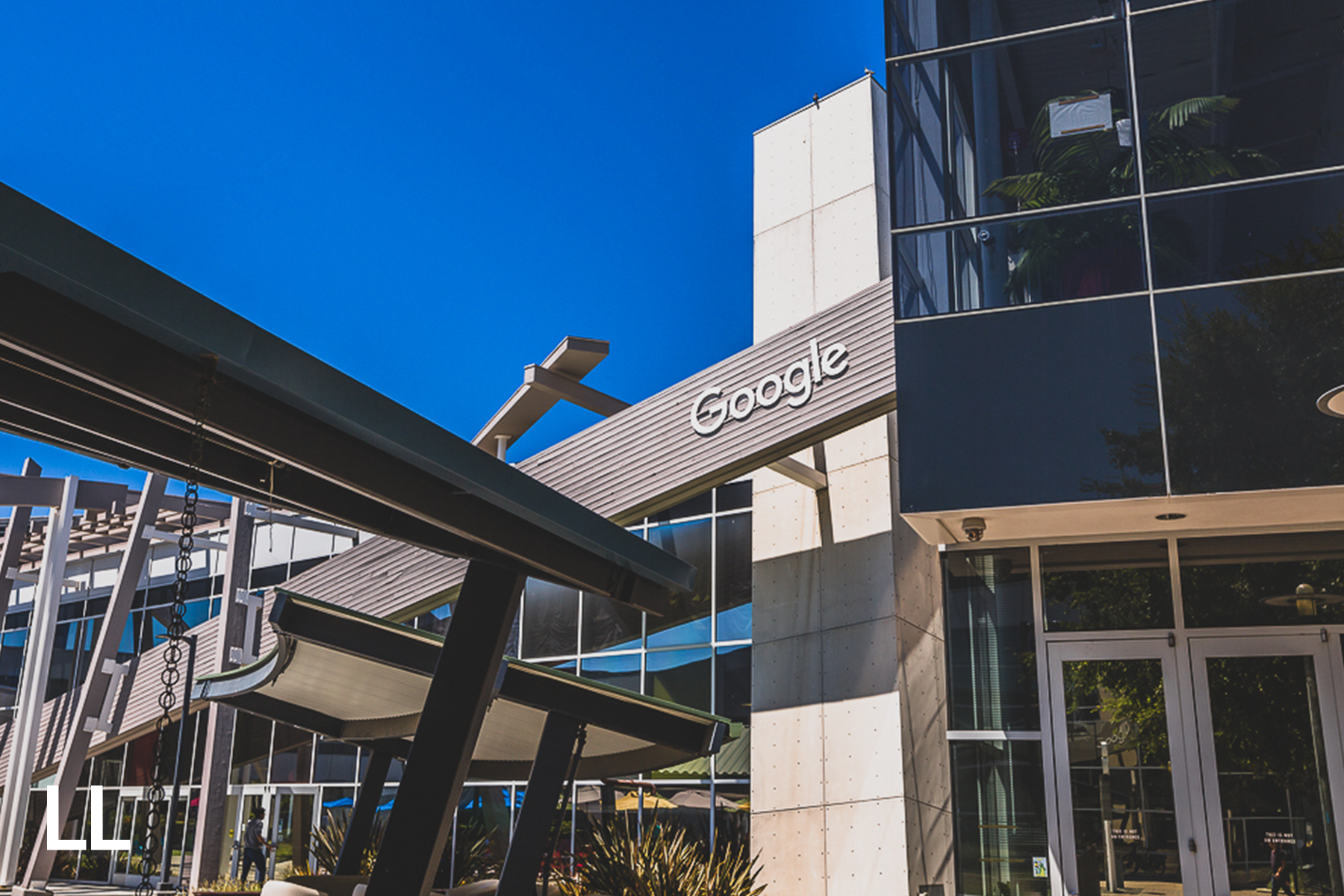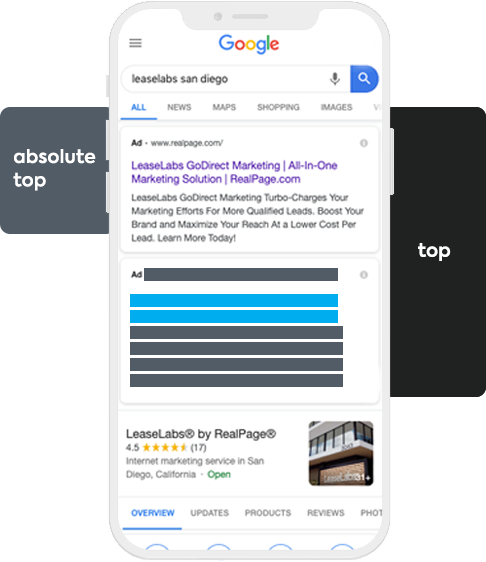the average position metric was retired by google. what does this mean for search marketing?

One of the key benefits to digital marketing channels like search engines is the ability to quantify performance with precise and accurate data. When asked “how are my ads performing?”, we often rely on metrics such as Average Position to provide those insights. As of September 30, that metric was retired by Google to make room for their now deemed “prominence metrics”, including Impression Share and Impression Rate.
Don’t panic. This is a positive move that will make assessing your ad performance much more accurate. Here are the things you need to know:
why is average position being retired?
The average position metric let advertisers know where their ads ranked in comparison to other ads in the auction (not necessarily in the SERP). In other words, this metric focused on the order of the ads, not the location.
This means a position of 1 did not necessarily mean your ads were showing up above organic results. Average position doesn’t tell you the entire story of where your ads are showing. Google displays ads in different ways, and as they alter their SERPs layout, Average Position becomes less effective in making data-driven decisions.

what is impression share and impression rate?
Impression Share is the percentage of impressions your ads receive compared to the total number that your ads are eligible to get. It highlights missed opportunities by indicating how often a particular ad showed up in the search results.
This metric gives us and you a very clear understanding of where your ads will actually show in a search engine results page (SERP) with specific, reliable information.
There are three different versions of Impression Share that allow us to track your ad location in search results:
- Absolute Top: Tells us how often you’re the very first ad. Reported as Search (absolute top) IS
- Top Of Page: Tells us how often you’re above organic search results. Reported as Search (top) IS
- Share Percentage: Tells us how often you appear anywhere on the page. Reported as Search impr. (share) %
what does this mean for your business?
With the average position metric going away, businesses will likely pursue the top of page position or placement on the first page. This influx will generate higher CPCs (costs per click) and CPAs (costs per acquisition), driving the price for advertising higher. It is more important than ever to have high-quality keywords, ads, and a landing page that matches search intent.
As marketers rely more heavily on data and automation to help them reach new prospects, knowing where your ads fall on the page should provide you with more insight than your average position. Google is continuing to recommend the use of more automation. The goal of automation is to provide the right message to the right user at the right time. As a marketer, it is important that you think about users throughout their decision-making funnel and work to develop tailored messages.
![]() Amplify your online presence with Search Marketer. Interested?
Amplify your online presence with Search Marketer. Interested?

